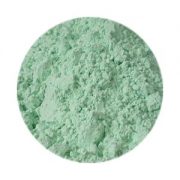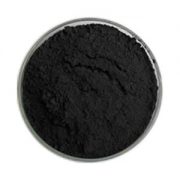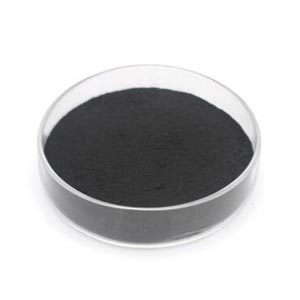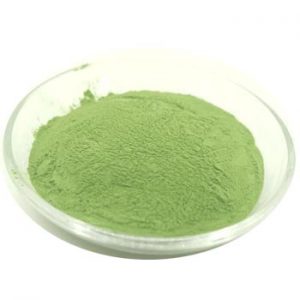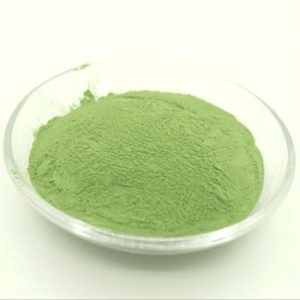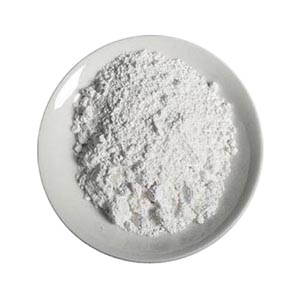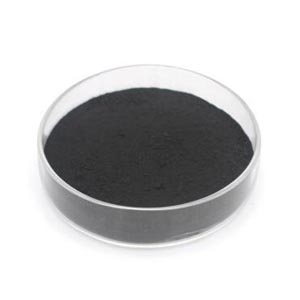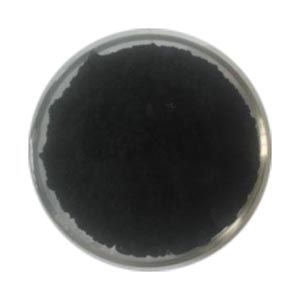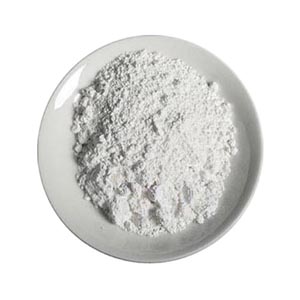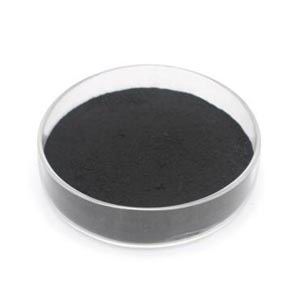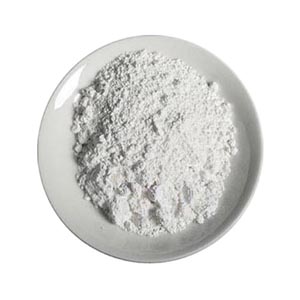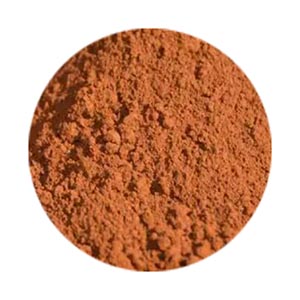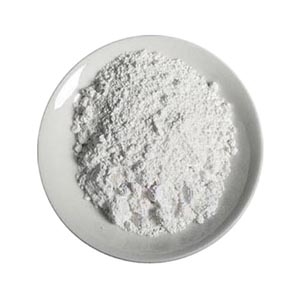
Aluminum titanate
Other name:Aluminum titanium oxide,dialuminium titanium pentaoxide
Particle size grade: micron, nanometer
Purity: 99.9%
Appearance: white powder
Crystal: cubic
Purity: > 99.9%
Density: 3.06 g/cm3
Specific surface area: 14.64m2/g
Preparation method: hydrothermal preparation
- 描述
- Inquiry
CAS no. : 12004-39-6
EINECS no. : 234-456-9
Molecular formula: Al2TiO5
Molecular weight: 181.8271
Melting point: 1860 ℃
Aluminum titanate ceramics belong to the rhombic system of quasi – plate – titanium – type crystallization. The average coefficient of thermal expansion is 9.5E-6/℃, which is a famous material with low coefficient of thermal expansion. Aluminum titanate can be used at a high temperature (1460℃) and is well adapted to the oxidation problem at high temperature. Therefore, it has a broad application prospect. However, it is easy to crack when calcined at high temperature and its mechanical strength is poor. Aluminum titanate is easily decomposed into oxide when heated at 800℃-1300℃, and decompose violently at 1100℃. To this end, various additives are usually added, the ratio of raw materials is adjusted, and calcination conditions are controlled to improve the above shortcomings. The finished products are used to meet the requirements of heat resistance and heat shock resistance. Aluminum titanate is a new kind of material with low thermal expansion coefficient and high melting point. Its melting point is high (1860±10℃), thermal expansion coefficient is small (<1.5×10℃), and even can appear negative expansion. It is one of the low-expansion materials with excellent high temperature resistance.
The product application
Aluminium titanate was mainly by the ionic bond and covalent bond as a combination of keys, from the microscopic structure and the state point of view, internal crystal phase and porosity, which determines the aluminum titanate with metal materials and polymer materials do not have low thermal conductivity, slag resistance, alkali resistance, corrosion resistance, for a variety of metal and glass has the advantages of no infiltration, so in wear resistance, high temperature resistant, alkali resistant, corrosion condition such as harsh environment with a wide range of applications, especially for the occasion of high thermal shock.
Aluminum titanate is widely used in nonferrous metals, iron and steel, automobile, military industry, chemical industry, medicine, etc. It is often used in metal cutting tools, molds, engine parts, cylinder lining, exhaust pipe, cylinder head exhaust duct, turbocharger turbo housing, turbine blade, turbine rotor and various kinds of thermal insulation materials.
相关产品
-
Nickel cobalt manganese
-
Nano nickel oxide
English alias: Nickel sesquioxide; Nickelic oxide; Nickel peroxide; Nickel oxide (Ⅲ)
The CAS number: 1314-06-3
EINECS no. : 215-217-8
Molecular formula: Ni2O3
Molecular weight: 165.38
-
Nickelous Oxide
Other name: Nickel Oxide Green, Nickel Monoxide, Nickel protoxide
CAS no. : 1313-99-1; 11099-02-8
EINECS no. : 215-215-7
Molecular formula: NiO
Molecular weight: 74.6928
Melting point: 1960 ℃
Solubility: insoluble -
Metastannic acid
CAS no. : 13472-47-4
EINECS no. : 236-236-5
Formula: H2SnO3
Molecular weight: 168.59
Character: iso-isomer, insoluble in water and ethanol, insoluble acid and alkali liquor, can be fused with alkali to obtain partial tin acid salt, heating significant water loss.
-
Stannic Sulfide
Other name: tin monosulfide, tin(ii) sulfide, Tin sulphide; thioxostannane
Chemical formula: SnS
Molecular weight:150.775
CAS number: 1314-95-0
EINECS: 215-248-7
Melting point : 880 ℃
Boiling point: 1230 ℃
Water: insolubility
Density: relative density 5.22
Molality: 150.775 g/mol g·mol⁻¹
-
Lithium iron phosphate
English name: Lithium iron phosphate carbon coated
Alias: Ferrous lithium phosphate, NP 1; NP 1 (phosphate); PT 30; PT 30 (phosphate); Phos-Dev 21B, Lithium iron phosphate
Molecular formula: LiFePO4
Molecular weight: 157.76
CAS NO .: 15365-14-7
-
Aluminum Nitride micron and nano powder
-
Copper zinc tin sulfide
Other name: CZTS
Chemical formula: Cu2ZnSnS4
Molecular weight :439.471 g / mol
CAS Number:12158-89-3
Melting point: 990 ° C (1,810 ° F; 1,260 K)
Safety Description: Non-toxic
-
Nanometer Tin oxide
English alias: Tin (IV) oxide; Tin Dioxide;
CAS no. : 18282-10-5; 1332-29-2
EINECS no. : 242-159-0; 215-569-2
Formula: SnO2
Molecular weight: 150.69
Density: 6.95
Melting point: 1127 ℃
Solubility: INSOLUBLE
-
Calcium copper titanate
Molecular formula: CaCu3Ti4O12
Structure: Perovskite cubic crystalCalcium Copper Titanium Oxide, also known as CCTO, is a high dielectric constant inorganic energy storage materials, is the production of super capacitor one of the best materials. CCTO has a good overall performance, it is in the high-density energy storage, thin film devices (such as MEMS, GB-DRAM), high dielectric capacitors and a series of high-tech fields have been widely used.

